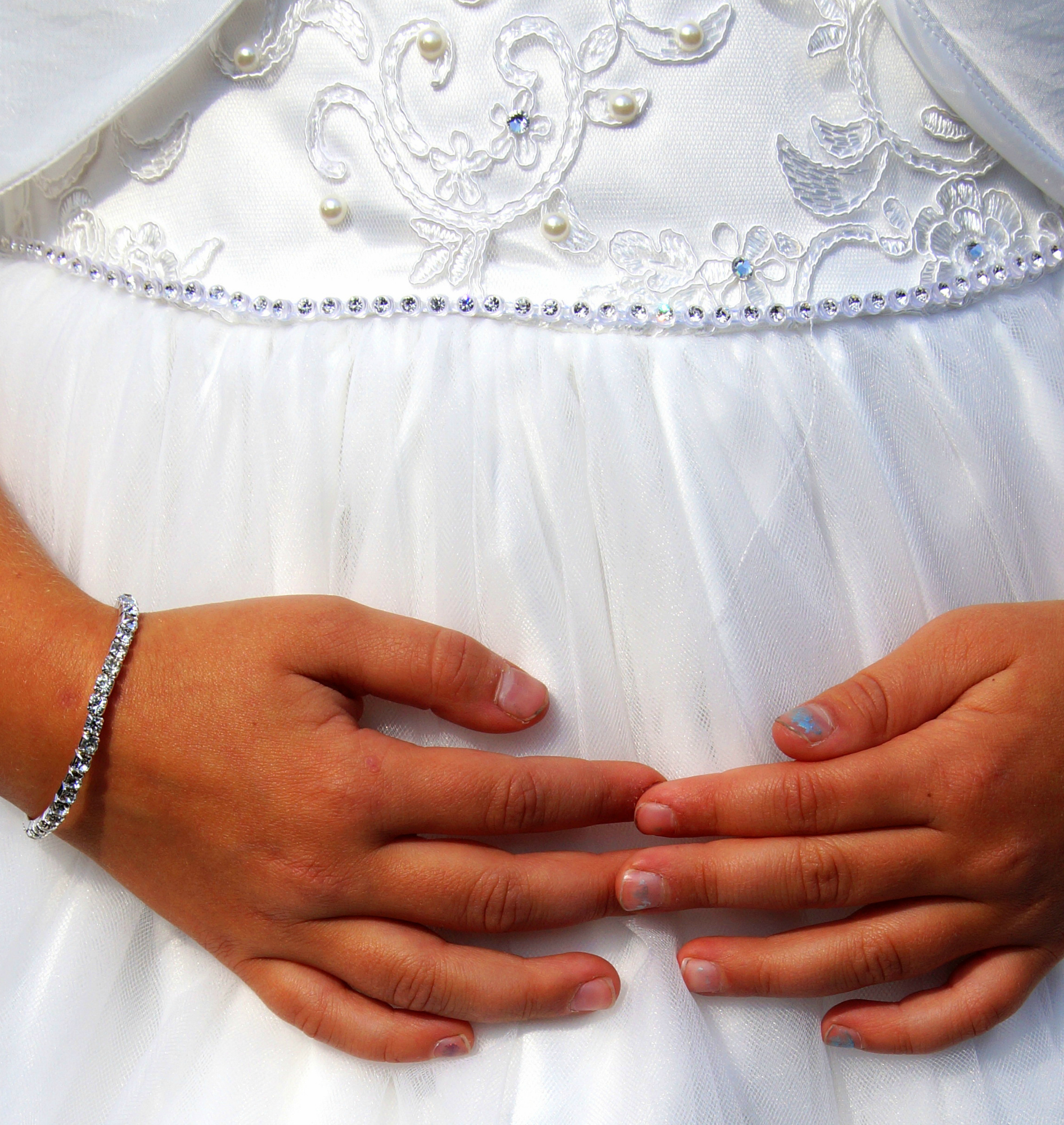
Violence Against Women

Since 1911, International Women's Day has been celebrated on March 8 as a way to honor the social, economic, cultural and political achievements of women. What used to be celebrated among a few European countries and the United States is now a worldwide event that aims to, among other things, bring attention to issues women continue to face. For example, one in three women—that's more than 1 billion people—will be the victim of violence. It's one of the most prevalent human rights violations worldwide.
Child Marriage Is Still Legal

The House of Representatives in Idaho killed a bill that would have ended marriage for anyone under the age of 16. In other parts of the U.S. and the world, marriage of girls 16 and under isn't unheard of practice and, in some places, is quite common. According to a 2018 UNICEF report, 12 million girls under the age of 18 marry each year.
Higher Rates of Poverty

Women in the U.S. and worldwide are more likely than men to live in poverty. In the U.S., they're 35 percent more likely to live in poverty than men. One in eight women over 18 lived in poverty in 2017, and 11 percent of elderly women were poor. While 16 percent of male-headed households lived in poverty in 2017, 34 percent of female-headed families were poor.
Forced Sterilization

Around the world, women have been forced to submit to sterilization, rendering them unable to bear children. This coercive family-planning method has been recognized as a violation of human rights and a crime against humanity. And yet it is still practiced in many countries around the world as a method of population control, disease control and poverty management.
Women as Refugees

Women and children make up nearly three-quarters of refugees worldwide, and displaced females are particularly vulnerable to exploitation and violence. As refugees, they have even fewer opportunities for education, lack health care (including during pregnancy) and are at increased risk for harm.
Less Education

Millions of girls around the world are denied education, including 31 million of primary school age who cannot attend school regularly. There are 34 million adolescent girls out of school. Young women make up 58 percent of the world population that has not completed primary school, a statistic much lower among boys. Two-thirds of the 774 million illiterate people worldwide are female.
Abortion Access

About 39 percent of women in the U.S. live where they cannot access abortion services due either to total bans or procedures only available if a pregnancy is life-threatening. Women carrying fetuses with fatal health problems in many instances must carry the pregnancy full-term or pay the expense of traveling to another country (or, in the case of the U.S., another state) where the procedure is legal.
Men Make Laws About Women

In 2017, an all-male panel of the U.S. Congress decided whether a new health care bill should include maternity care among its essential health services. A new California law outlawed all-male boardrooms, perhaps setting an example for the rest of the country — and maybe even Congress someday.
Underrepresented in Government

Women have been making strides in terms of representation in government. But there's still a long way to go. Only three countries have women making up more than half of their government representatives: Rwanda, Cuba and Bolivia. (The U.S. is 78th out of 193 countries, with only about 25 percent of our reps being women.)
Boys Get More Attention in School

Studies show that teachers give boys more attention during math and science, and girls in language arts. In fact, boys get more teacher attention overall, both for positive and negative behavior, while girls who disrupt for attention are scolded.
Woman Face Sexual Harassment

Sexual harassment is part of life for most women — that means everything from catcalls in the street, to being told how to dress, to unwanted comments by relatives or co-workers, to physical assault and unwanted touching.
Boys Encouraged to Do Science

Girls and women are underrepresented in the sciences, including all STEM subjects, though they do better in high school and get more college degrees than boys. Some studies suggest that boys feel a kind of belonging in the sciences that girls (because of the low number of other girls showing interest) do not. The onus, then, falls on schools, teachers and administrative officials to understand the dynamic and ensure access and belonging to the sciences for all.
'Pink Collar' Jobs

Worldwide, women are pressured to take jobs associated with their gender — teaching, nursing, caregiving, retail — regardless of their aptitudes or interests. Women's work is often lower paying than traditionally male work, which keeps women from full economic autonomy. This is true in the U.S., too, where women still dominate "pink collar" jobs.
Paid Less in Sports

Female athletes, regardless of sport or country, are still, on average, paid far less for their sports performances than men. In all but a few sports, men's teams are more prominently featured in advertisements and on television. Boys' school sports tend to be scheduled at better times and on more popular days than girls' sports.
Marital Rape Is Legal

In some countries, marital rape is not against the law. (Some U.S. state even have loopholes to the existing laws.) The U.N. declared it a human rights violation more than 20 years ago. India is currently debating whether to criminalize it.
Access to Birth Control

Women who have access to contraception postpone childbearing and pursue careers, which often would not have been possible to pursue with children. Access to family planning in developing countries leads to more school for girls, more labor force participation for women, more choices for careers and higher wages.
Women Are Left Out of Medical Studies

Women are underrepresented in clinical trials, which means that approved drugs, protocols and procedures have been shown to be safe mostly for men. This puts women's health in danger and keeps them from getting pain relief or meaningful health treatments.
Women's Pain Taken Less Seriously

A gender bias in the medical system means that, among other things, women's pain is taken less seriously. In fact, women are more likely than men to receive prescriptions for sedatives, rather than pain medication, for reported pain. Another study showed that women were only half as likely as men to be given pain medication after a coronary bypass surgery. Women also wait longer than men in the ER for help when suffering acute abdominal pain.
Women Still Do More Housework

Though the chores gap is closing, women, no matter where in the world, are still doing more housework than men. This includes cleaning, shopping, cooking and child care.




